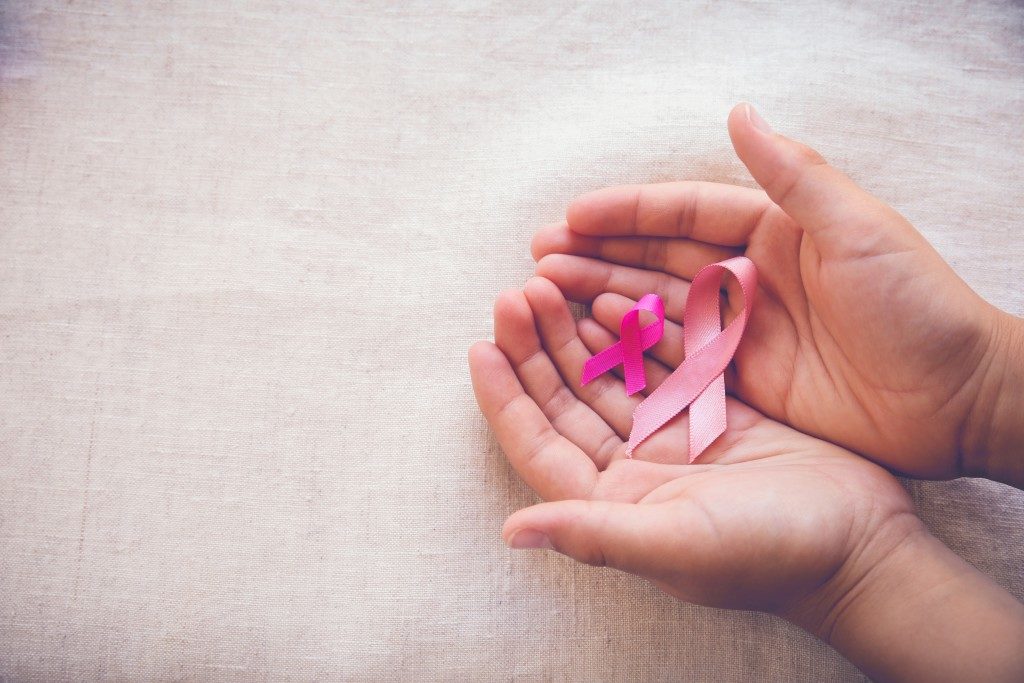Breast cancer can be sneaky. While some women immediately display symptoms, many go through life showing no symptoms until the disease takes hold. And the longer the cancer goes undetected, the less likely it is to have a successful treatment.
There are many ways to detect breast cancer early, and here are some of them.
Self-exams
Breast cancer is often observable without any test and manifests as changes or irregularities in your breasts. Regularly conduct a self-exam to check your breasts. With your shoulders straight and hands on your hips, look at your breasts in the mirror and make sure that they are their normal shape, size and color, and that they are evenly shaped without any visible swelling or distortion. If you see any bulging, dimpling or puckering of the skin, an inverted nipple or one that has changed position, or any redness, rashes, soreness or swelling, raise your arms and look for the same changes, as well as signs of fluid coming out of either nipples. Bring these changes to your doctor’s attention immediately.
You can also feel for lumps in your breasts by using your right hand to feel your left breast and your left hand to feel your right breast. With the finger pads of each hand, use a firm, smooth touch while doing a circular motion to feel for any lumps. Cover the entire breasts from the collarbone to the top of the abdomen and from the armpit to your cleavage. A lump does not necessarily signify breast cancer. However, raise the issue with your doctor if you find any lumps.
Mammograms and breast ultrasound
Self examination detects breast lumps only when they are big enough. Mammograms, on the other hand can detect lumps up to two years before you can feel them by touch. A mammogram provides an X-ray picture of your breasts, which doctors can use to look for signs of breast cancer.
A breast ultrasound uses sound waves to produce images of your breasts’ structures and can be used to determine whether a lump in your breast is a fluid-filled cyst or a tumor.
If and when you need either imaging test should be a personal decision between you and your doctor. Most women only start having mammograms regularly when they turn 40. However, those who are at higher risk of breast cancer may be recommended to start at a younger age. You can get a mammogram or a breast ultrasound at a diagnostic centre.
Breast biopsy
The only definitive way to diagnose breast cancer is through biopsy, which involves the removal of a sample of breast cells for testing. During the biopsy, the doctor will use a specialised needle device guarded by an imaging test to extract a core of tissue from the area with the lump. A small metal marker is often left at the site within your breast for easier identification on future imaging tests.
Speak with your physician about your risks of developing breast cancer and which among these examinations you should regularly undergo. While you can conduct self-examinations as often as you can, they're not a definitive way to detect breast cancer. Keep abreast of these screenings to bust breast cancer even before it develops.




